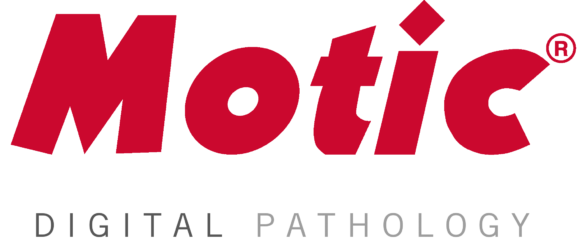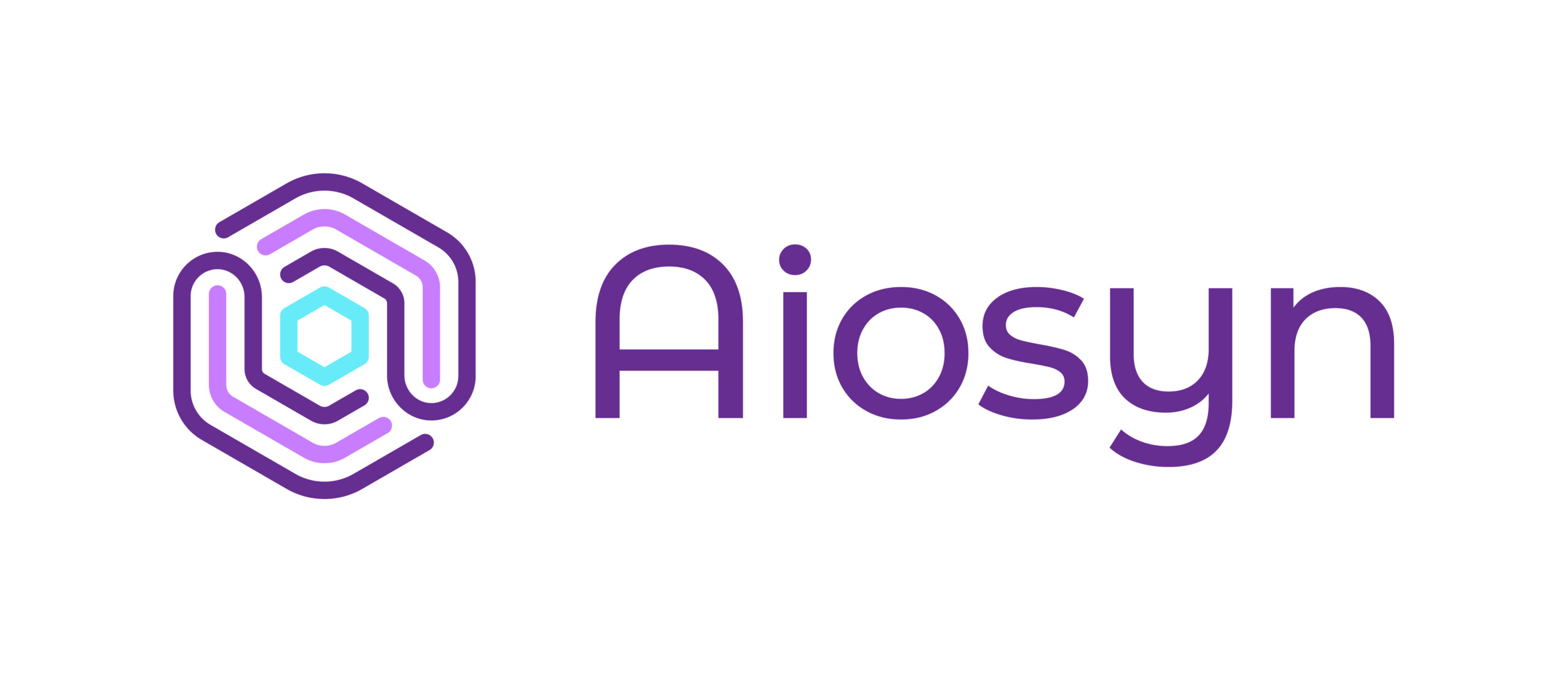Lumea: Top 5 Reasons to Adopt Digital Pathology Today (Spoiler: AI Isn’t One of Them)
Digital transformation is reshaping industries across the globe, and pathology is no exception. While much of the “dig path” buzz centers around the potential of artificial intelligence (AI) as a diagnostic aid, there are immediate, tangible benefits to adopting digital pathology that don’t rely on AI at all. Here are five reasons why going digital should be on every pathologist’s agenda.
1. Enhanced Workflow Efficiency
Transitioning to digital slides streamlines the entire pathology workflow. No longer bound by the physical limitations of glass slides, digital images can be accessed instantly, eliminating the time-consuming tasks of slide retrieval, shipping, and physical handling. Benefits of the improved workflow include:
- Instant Access: Digital slides are available at the click of a button, reducing delays in diagnosis.
- Parallel Workflows: Multiple users can view the same slide simultaneously, enabling faster case reviews and more convenient real-time collaboration between pathologists on challenging cases.
- Reduce Errors: Minimizes the risk of lost or damaged slides, ensuring that critical diagnostic material remains intact.
- Reduce Logistics Costs: Centralize histology to take advantage of economies of scale since you don’t need to ship/courier glass to the pathologists.
2. Remote Consultations and Telepathology
Digital pathology breaks down geographical barriers, allowing pathologists to consult and collaborate regardless of location. Broken down geographical barriers result in:
- Global Collaboration: Pathologists can share cases with experts worldwide for second opinions without the logistical challenges and extra costs of shipping slides.
- Telepathology Services: Extend your expertise to underserved areas, providing critical diagnostic services remotely.
- Flexible Work Environment: Enjoy greater work-life balance and responsiveness with the ability to access cases from home or while traveling. This flexibility also makes your organization more attractive to new pathologists when hiring, many of whom are now trained in digital methods and expect a flexible, modern work setup.
3. Improved Data Management and Storage
Storing glass slides requires significant physical space and comes with the risk of deterioration over time. Digital storage offers a robust alternative and results in benefits such as:
- Space Savings: While glass slides still need to be stored for regulatory reasons, you can reduce your on-site physical storage needs by utilizing digital storage.
- Enhanced Security: Digital archives protect against loss from damage or misplacement.
- Easy Retrieval: Advanced search functionalities enable quick access to historical cases, aiding in research and quality control.
4. Advanced Image Analysis Tools
Even without AI, digital platforms offer powerful tools that enhance diagnostic capabilities, for example:
- Measurement and Annotation: Precisely measure structures and annotate areas of interest directly on the slide.
- Image Adjustments: Dynamically change brightness, contrast, sharpness, etc.
- Educational Resources: Use digital slides for teaching purposes, such as creating a rich library of annotated cases for training.
- Better Viewing Capabilities: With digital slides, you can view more of the slide at once, zooming in or out as needed. Some digital platforms even have options to compare slides side-by-side, such as different stains or levels, providing even greater insight for complex cases.
- Pre-Screening: Digital tools help pathologists pre-screen cases more efficiently, allowing for faster preliminary analysis and enhancing collaboration within teams.
5. Regulatory Compliance and Quality Assurance
Digital pathology systems can assist laboratories in meeting regulatory standards and improving overall quality.
- Audit Trails: Automatically record who accessed slides, which regions they viewed at which magnifications, and what annotations they made.
- Quality Control: Implement standardized checks and protocols utilizing the digital system to distribute QC cases.
- Inspection Support: Facilitate the process of meeting inspection requirements with comprehensive digital records.
- Batch-level Control Slides: With the ability to digitally associate control slides to the stains that were made in the same batch, you can efficiently distribute the same control slide to many pathologists.
The advantages of digital pathology extend far beyond AI. This incredible technology is revolutionizing how pathologists work, collaborate, and manage data in many ways. If your pathology team is ready to make significant improvements today, digital pathology is a solution worth looking into.
Looking to talk more about digital pathology technology? Email me at andy.ivie@lumeadigital.com.
This article was featured in the Digital Diagnostic Digest, a quarterly magazine by the Digital Diagnostic Summit. To read more stories like this one, and for other digital pathology news and tips, subscribe to the digest today.
































